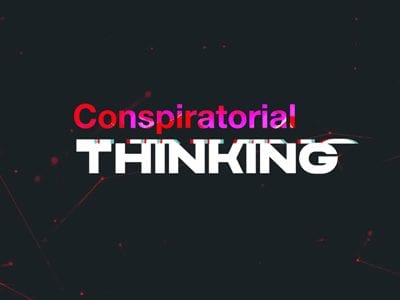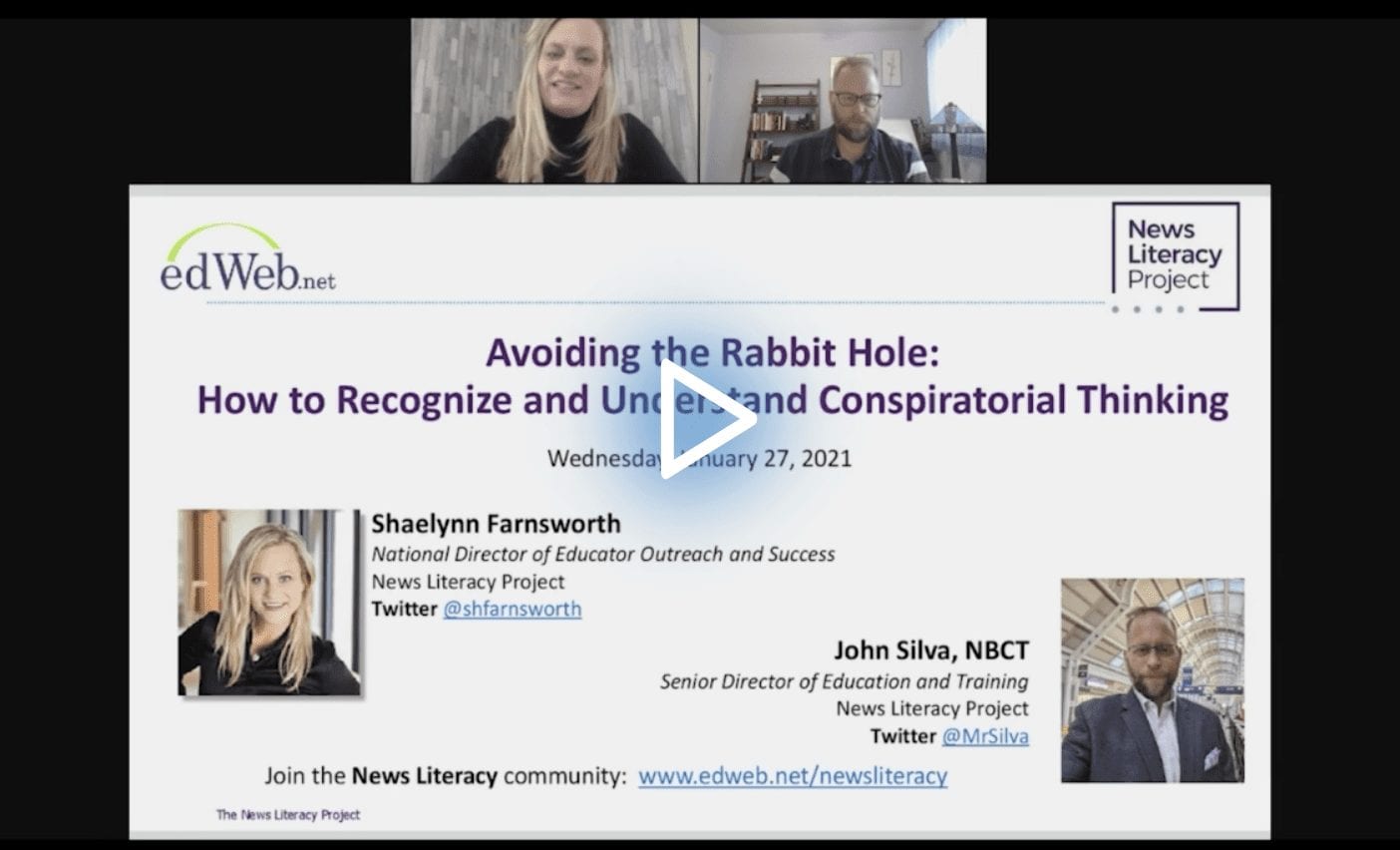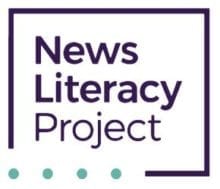How to Recognize and Understand Conspiratorial Thinking
By Eileen Belastock
Social, cultural, and political factors in 2020, such as civil unrest, COVID-19, and the presidential election, have resulted in the highest recorded stress levels of American adults. These stressors have led many to believe in unfounded explanations of events, situations, or conspiracy theories. This type of thinking blames the secretive work of sinister, influential people, involves complicated reasons, generally easily proven false, and relies on faulty logic, reasoning, and false evidence. Belief in conspiracy theories offers simple and often-sensationalized explanations for events we don’t fully understand, meets unconscious psychological and emotional needs, takes advantage of vulnerabilities caused by stress, fears, and anxieties, and provides a sense of community.
In a recent edWebinar, sponsored by the News Literacy Project, Shaelynn Farnsworth, News Literacy Project’s National Director of Educator Outreach and Success, and John Silva, News Literacy Project’s Senior Director of Education and Training, emphasize that conspiratorial thinking is way more common than any of us realize. The manipulation of emotions breaks down our critical-thinking process, which can result in false beliefs.
While adults are highly susceptible to conspiratorial thinking, the most vulnerable population, our students, make decisions and develop mindsets about events and situations that may not give an accurate picture. The deliberate teaching of critical-thinking skills will enable young people to evaluate information presented to them through social media, family members, and news sources. We can teach young people to understand critical-thought breakdowns and critical reasoning and use it as an approach.
The presenters caution educators to use patience, empathy, and persistence with students. Students who understand how and why people believe conspiracy theories are less likely to fall victim to them. Correlation doesn’t equal causation, so we want to teach students to recognize logical fallacies and breakdowns. It is recommended that educators talk about conspiracy theories with students over time in a dialogue-type format. Using Socratic questioning allows students to look at their beliefs, sources, and how they came to accept them. This strategy will enable students to use their critical-thinking skills to evaluate the latest information with curiosity and not rejection.
There are many resources available to both administrators and educators to help support students as they navigate a world riddled with information that can be damaging and dangerous. The News Literacy Project is a resource that equips teachers and students with skills necessary to discern conspiratorial thinking in what they view. Partnering with organizations such as the News Literacy Project, classroom teachers can teach conspiratorial thinking so that students can navigate today’s incredibly complex information landscape. Instead of going down the rabbit hole looking at more content, students need to understand news media’s complexity and make reasonable conclusions about the situation or events ever present in our global environment.
This edWeb broadcast was sponsored by News Literacy Project.
About the Presenters
Shaelynn Farnsworth is the News Literacy Project’s National Director of Educator Outreach and Success. Shaelynn has over 20 years of experience in education. She spent the first part of her career as a high school English teacher in Conrad, Iowa, where she reimagined teaching and learning in her classroom and became a leader in the convergence between literacy and technology. Shaelynn focused on developing student skills in information consumption, creating innovative ways for students to demonstrate understanding, and inspiring healthy skepticism in the digital age. She was recruited by a regional state education agency in Iowa, where she was a school improvement consultant for seven years. Shaelynn supported districts throughout Iowa in the areas of literacy, technology, AIW, and systemic change. She was a member of the state’s literacy, social studies, and technology leadership teams.
John Silva is the News Literacy Project’s Senior Director of Education and Training. He joined NLP in March 2017 with 13 years of experience as a middle and high social studies teacher with Chicago Public Schools. He first became involved with news literacy in 2014 when his students engaged in NLP’s original classroom program. A United States Marine Corps veteran, John spent several years in corporate telecommunications positions before becoming a teacher. He graduated from the University of Illinois at Chicago with a bachelor’s degree in the teaching of history and has a master’s degree in education, with a concentration in e-learning, from the University of Illinois at Urbana-Champaign. He became a National Board Certified Teacher in 2012.
Join the Community
News Literacy is a free professional learning community on edWeb.net where educators work together to develop their students’ civic knowledge and critical thinking skills when consuming news and information.
The News Literacy Project is a nonpartisan national education nonprofit, provides programs and resources for educators and the public to teach, learn and share the abilities needed to be smart, active consumers of news and information and equal and engaged participants in a democracy.
Eileen Belastock, CETL is the Director of Technology and Information for Nauset Public Schools, MA, and also works with edWeb.net to write articles on their professional learning edWebinars. You can follow Eileen on Twitter @EileenBelastock.





Comments are closed.